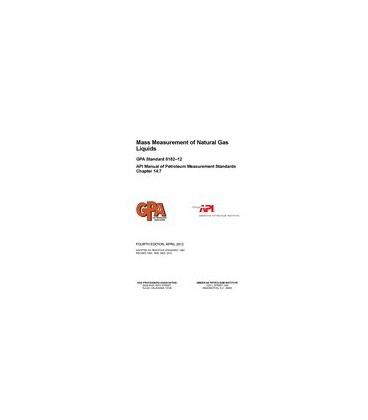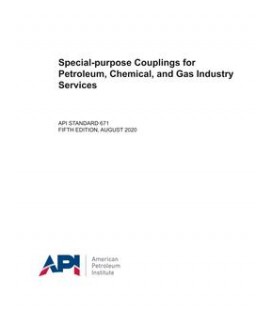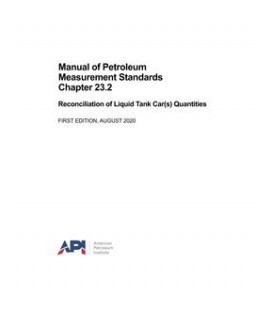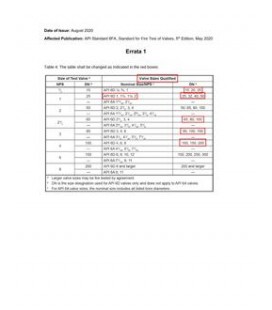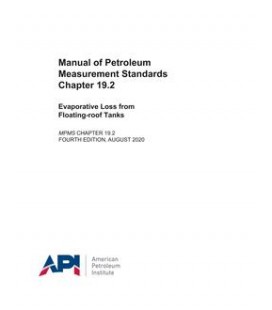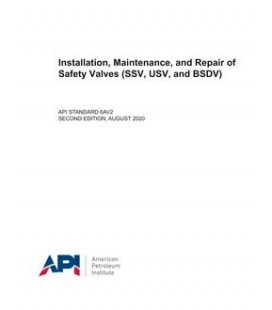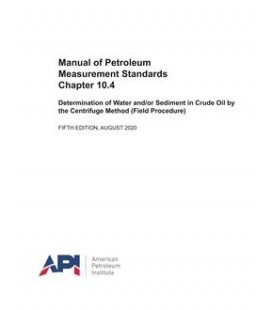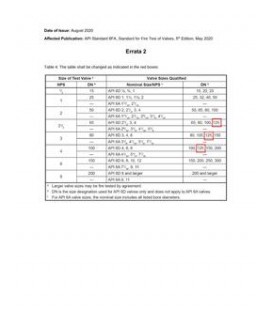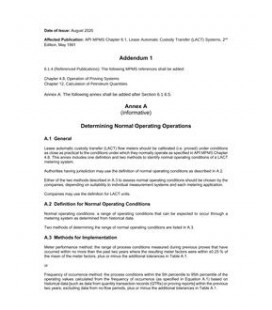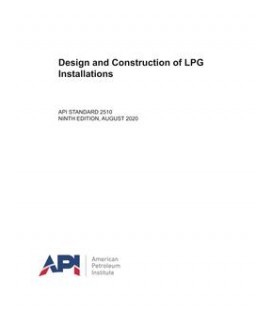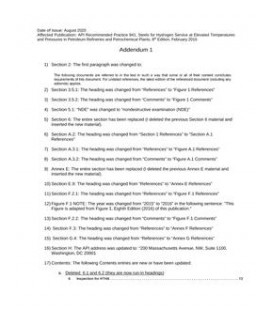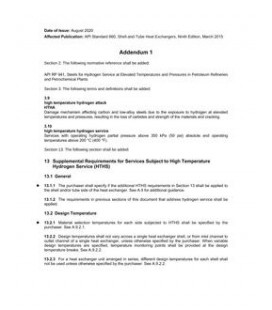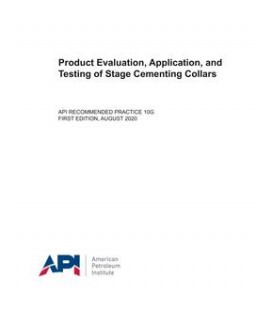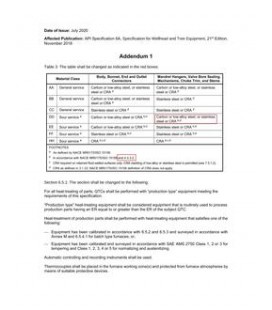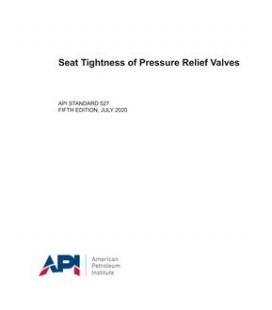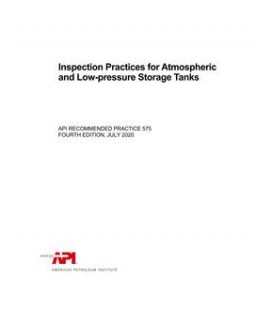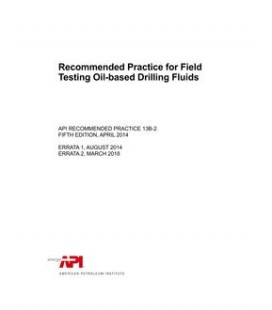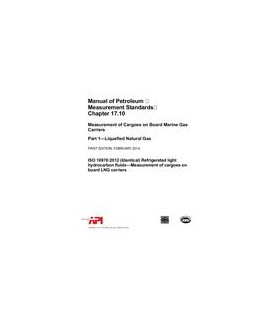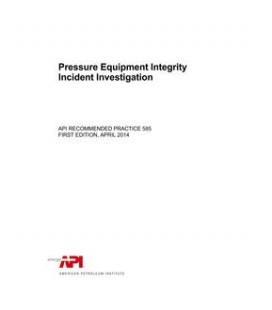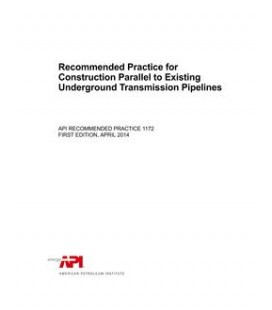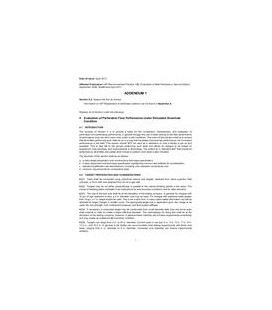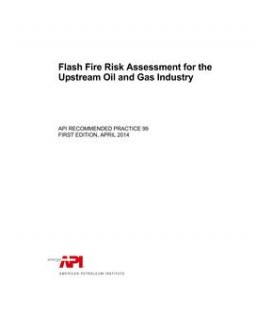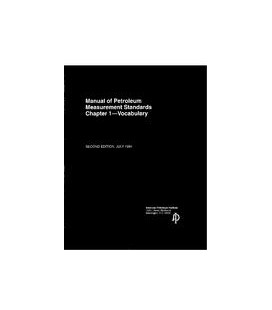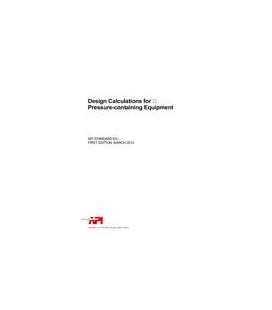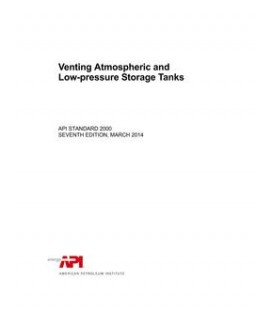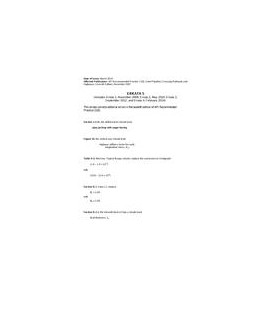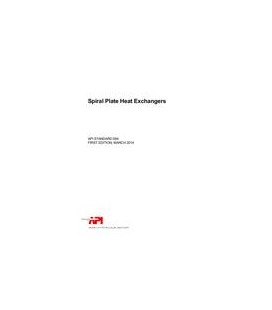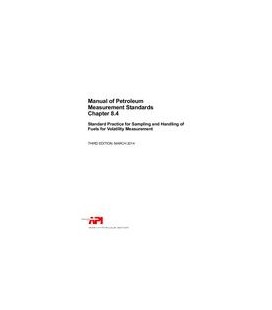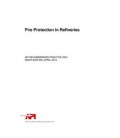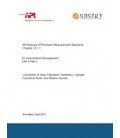Cart
0
0
item(s)
-
$0.00
No products
To be determined
Shipping
$0.00
Total
Quantity
Total
Product successfully added to your shopping cart
There are 0 items in your cart.
There are 0 items in your cart.
Total
API MPMS Chapter 14.7
API MPMS Chapter 14.7 Mass Measurement of Natural Gas Liquids, Fourth Edition
Handbook / Manual / Guide by American Petroleum Institute, 04/01/2012
Reduced price!
M00010243
New product
Full Description
This standard serves as a reference for the selection, design, installation, operation and maintenance of single-phase dynamic liquid mass measurement systems that operate in the 351.7 kg/m3 to 687.8 kg/m3 (0.350 to 0.688 relative density at 60 F) density range. The mass measurement systems within the scope of this document include inferred mass measurement, where volume at flowing conditions is combined with density at similar conditions to result in measured mass, as well as Coriolis mass measurement.Liquids with density below 351.7 kg/m3 and above 687.8 kg/m3 (below 0.350 and above 0.688 relative density at 60 F) and cryogenic fluids (colder than approximately 50.8 F) are excluded from the scope of this document, but the principles described herein may apply to such streams.
NGL product should be analyzed to determine the mixture composition and the composition should be considered in determining the measurement methods and equipment to be used. It is especially important to use mass measurement whenever the range of molecular sizes is great, such as in high ethane content (more than 2 % to 5 % ethane) raw make, and when mixture composition is variable during the measurement period. It is less critical when the sizes of molecules in the mixture are similar, such as in the case of mixed butanes.
Sampling equipment and techniques are covered including standards for analytical methods used to determine the composition of the sampled product. Equations of state and correlations used to calculate the density of the product are discussed. The standard used to convert mass to equivalent liquid volumes of components is also discussed.
Equipment exists which uses diverse principles for measuring volume, sampling the product, and determining the composition and density of the product. This standard does not advocate the preferential use of any particular type of equipment. It is not the intention of this standard to restrict future development or improvement of equipment. The contracting parties to any agreement should mutually agree on the equipment to be used.

